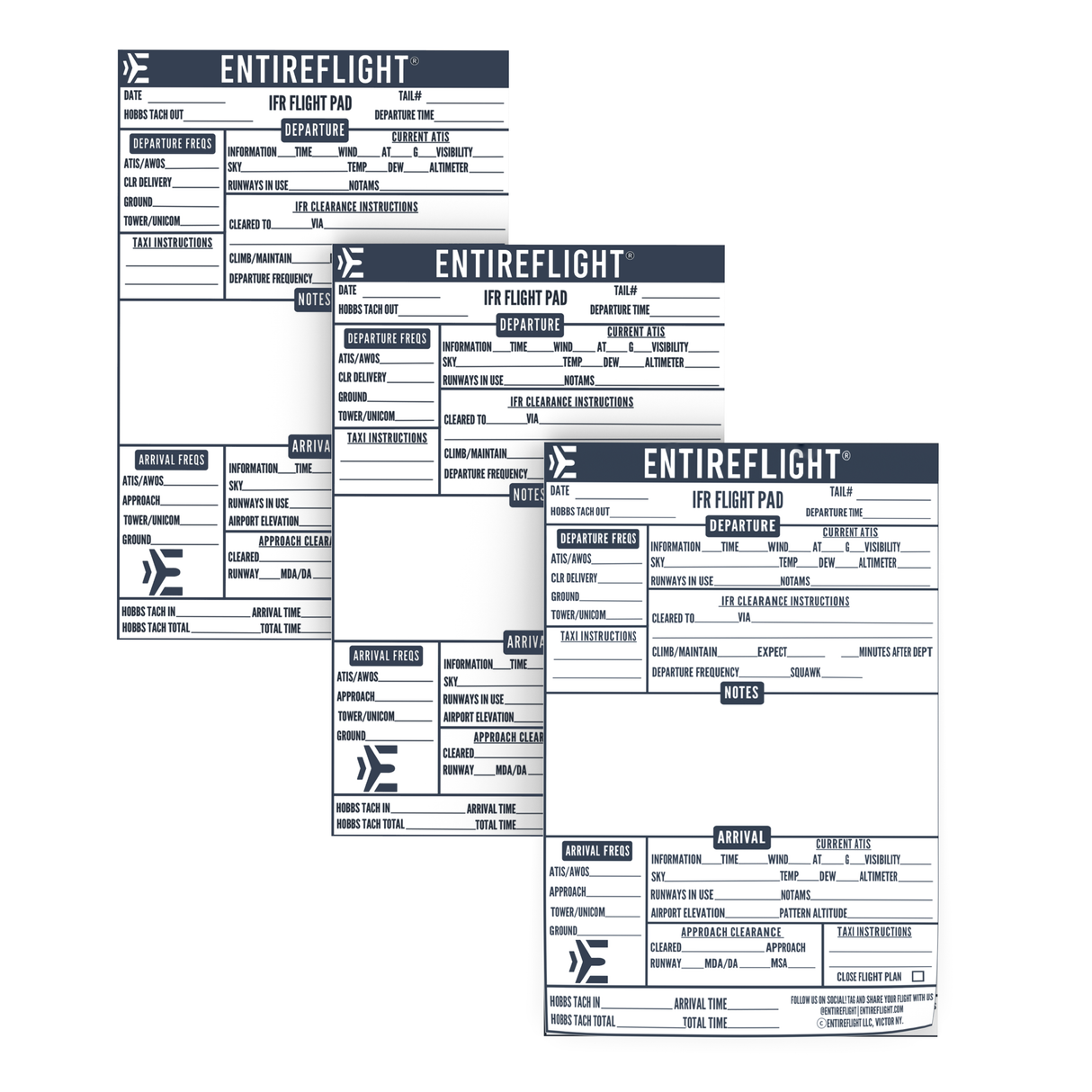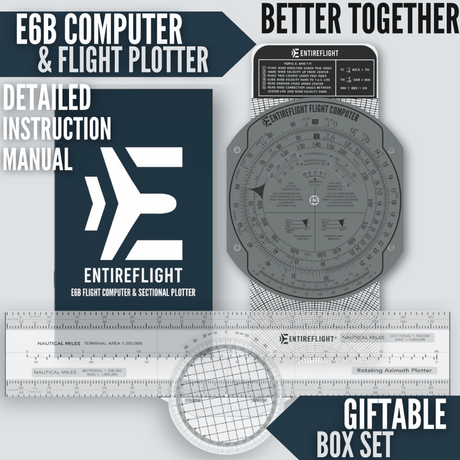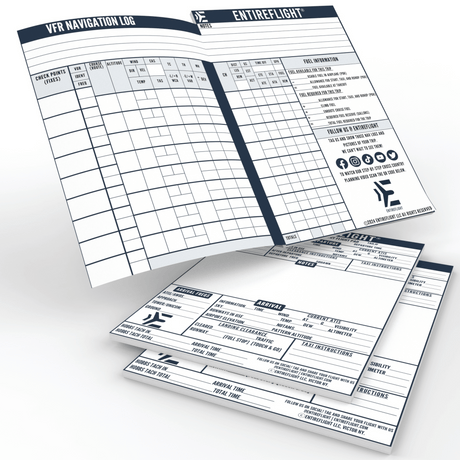Aircraft trim is a critical part of flying that ensures a plane remains stable and in control during flight. It is the process of adjusting the aircraft's control surfaces to maintain a specific attitude or flight path. Trim is used to reduce the workload on the pilot and to maintain the aircraft's stability, allowing for a smoother and more comfortable flight.
The most common type of trim is the elevator trim, which adjusts the angle of the horizontal stabilizer to change the aircraft's pitch. This is done by moving the elevator control surface up or down, which changes the amount of lift generated by the tailplane. Other types of trim include rudder trim, which adjusts the aircraft's yaw, and aileron trim, which adjusts the roll. Trim is usually adjusted using a small wheel or lever in the cockpit, which moves the control surfaces by small increments.
Understanding aircraft trim is essential for any pilot, as it allows for greater control and precision during flight. By adjusting the trim, pilots can maintain a steady altitude, avoid stalling, and reduce the risk of over-controlling the aircraft. Without proper trim, a plane can become unstable and difficult to fly, which can be dangerous in certain situations.
What is Aircraft Trim?
Aircraft trim is a technique used to adjust the balance of an aircraft in flight. It involves adjusting the control surfaces of the aircraft to maintain a desired attitude or flight path without requiring constant input from the pilot.
Trimming an aircraft is important because it reduces pilot workload and fatigue, allowing them to focus on other critical tasks such as navigation, communication, and monitoring the aircraft systems. It also improves the overall stability and control of the aircraft, making it easier to handle in different flight conditions.
The most commonly used trim controls are the elevator trim, rudder trim, and aileron trim. The elevator trim adjusts the pitch of the aircraft, the rudder trim adjusts the yaw, and the aileron trim adjusts the roll.
Trimming an aircraft involves making small adjustments to the trim controls until the aircraft is in a stable and balanced state. The pilot can use visual cues such as the attitude indicator, altimeter, and airspeed indicator to determine if the aircraft is trimmed correctly.
Importance of Aircraft Trim
Proper aircraft trim is crucial for maintaining a stable and safe flight. Trim refers to the adjustment of control surfaces to maintain a desired flight attitude without the need for constant input from the pilot. Here are some reasons why aircraft trim is important:
Reduces Pilot Workload
Trimming an aircraft reduces the workload on the pilot by reducing the need for constant control input. This allows the pilot to focus on other critical tasks such as navigation, communication, and monitoring the aircraft systems.
Improves Fuel Efficiency
Proper aircraft trim can also improve fuel efficiency. When an aircraft is not properly trimmed, it can cause unnecessary drag, which can increase fuel consumption. By trimming the aircraft correctly, the pilot can reduce drag and improve fuel economy.
Enhances Safety
Trimming an aircraft is essential for maintaining a stable and safe flight. Without proper trim, an aircraft can become unstable, making it difficult to control. This can lead to a loss of control, which can be dangerous or even fatal.
In summary, aircraft trim is a critical component of safe and efficient flight. By properly trimming an aircraft, pilots can reduce workload, improve fuel efficiency, and enhance safety.
Types of Aircraft Trim
Trimming an aircraft refers to adjusting the control surfaces to maintain a desired flight attitude without requiring constant input from the pilot. There are several types of aircraft trim available to pilots, including elevator trim, rudder trim, and aileron trim.
Elevator Trim
Elevator trim is used to adjust the pitch attitude of the aircraft. This is accomplished by adjusting the angle of the elevator, which is the control surface on the horizontal stabilizer. The elevator trim tab is usually located on the trailing edge of the elevator and can be adjusted using a wheel or lever in the cockpit. By adjusting the elevator trim, the pilot can maintain a desired pitch attitude and reduce the workload required to hold the control yoke in position.
Rudder Trim
Rudder trim is used to adjust the yaw attitude of the aircraft. This is accomplished by adjusting the angle of the rudder, which is the control surface on the vertical stabilizer. The rudder trim tab is usually located on the trailing edge of the rudder and can be adjusted using a wheel or lever in the cockpit. By adjusting the rudder trim, the pilot can maintain a desired yaw attitude and reduce the workload required to hold the rudder pedals in position.
Aileron Trim
Aileron trim is used to adjust the roll attitude of the aircraft. This is accomplished by adjusting the angle of the ailerons, which are the control surfaces on the wings. The aileron trim tab is usually located on the trailing edge of the aileron and can be adjusted using a wheel or lever in the cockpit. By adjusting the aileron trim, the pilot can maintain a desired roll attitude and reduce the workload required to hold the control yoke in position.
How Aircraft Trim Works
Aircraft trim is the process of adjusting the control surfaces of an aircraft to maintain a desired flight attitude. It is an essential part of flying and helps pilots maintain a stable and safe flight.
Trimming an aircraft involves adjusting the control surfaces to balance the forces acting on the aircraft. By doing so, pilots can reduce the amount of effort required to maintain a particular flight attitude, such as level flight or a specific climb or descent rate.
There are three primary control surfaces that are used to trim an aircraft: the elevator, ailerons, and rudder. The elevator controls the pitch of the aircraft, the ailerons control the roll, and the rudder controls the yaw.
To trim an aircraft, pilots adjust the position of the control surfaces using trim tabs or electric trim systems. Trim tabs are small, adjustable surfaces attached to the trailing edge of the control surfaces. They can be adjusted by the pilot using a trim wheel or switch to change the angle of the control surface and balance the forces acting on the aircraft.
Electric trim systems use electric motors to adjust the position of the control surfaces. These systems are usually controlled by switches on the aircraft's control panel and can be adjusted more quickly and accurately than trim tabs.
Impact of Aircraft Trim on Flight Performance
Aircraft trim is a crucial part of flight control that helps maintain the desired flight path and altitude. Proper trim settings ensure that the aircraft is in a stable state, which reduces pilot workload and enhances flight safety. Here are some of the ways aircraft trim affects flight performance:
Stability
Aircraft trim plays a critical role in maintaining stability during flight. Trim settings help balance the forces acting on the aircraft, including weight, lift, and drag. When the aircraft is in a stable state, it requires less pilot input to maintain the desired flight path and altitude. This allows the pilot to focus on other critical tasks such as navigation, communication, and monitoring the aircraft systems.
Fuel Efficiency
Proper trim settings can also improve fuel efficiency by reducing drag and optimizing the aircraft's lift-to-drag ratio. When the aircraft is in a stable state, it requires less power to maintain the desired flight path and altitude. This reduces fuel consumption and extends the aircraft's range.
Comfort
Trim settings also affect passenger comfort during flight. When the aircraft is properly trimmed, it experiences fewer pitch and roll movements, which can cause discomfort and motion sickness. This is especially important during long-haul flights where passengers spend several hours in the air.
In summary, aircraft trim is a critical part of flight control that affects stability, fuel efficiency, and passenger comfort. Proper trim settings reduce pilot workload and enhance flight safety, making it an essential aspect of aviation.
Maintenance and Inspection of Aircraft Trim
Maintaining and inspecting the aircraft trim is crucial for ensuring the safety and efficiency of a flight. Here are some key points to keep in mind:
- Regular Inspection: It is important to inspect the trim system regularly to ensure that it is functioning correctly. This includes checking the trim tabs, servo motors, control cables, and associated hardware for any signs of wear or damage.
- Cleaning: Regular cleaning of the trim system can help prevent corrosion and other forms of damage. Use a mild soap and water solution to clean the trim tabs and associated hardware, and avoid using harsh chemicals or abrasives that could damage the surface.
- Lubrication: Proper lubrication of the trim system is important to ensure that it operates smoothly and without resistance. Use a high-quality lubricant that is recommended by the manufacturer, and follow the recommended lubrication intervals.
- Adjustment: The trim system may need to be adjusted periodically to ensure that it is properly calibrated and functioning correctly. This should only be done by a qualified technician who is familiar with the aircraft's trim system.
- Record Keeping: Keep detailed records of all maintenance and inspections performed on the aircraft trim system. This can help identify potential issues early on and ensure that the system is properly maintained over time.
Advanced Concepts in Aircraft Trim
When it comes to aircraft trim, there are a few advanced concepts that are worth exploring. These concepts can help you better understand how trim works and how to use it effectively.
Pitch Trim
Pitch trim is the most common type of trim used in aircraft. It is used to adjust the aircraft's pitch attitude, which is the angle between the aircraft's longitudinal axis and the horizon. Pitch trim is typically controlled by a trim wheel or switch in the cockpit.
Trim Tab
A trim tab is a small, movable surface located on the trailing edge of an aircraft control surface, such as an elevator or rudder. It is used to adjust the control surface's aerodynamic forces, allowing the pilot to trim the aircraft in flight.
Center of Gravity
The center of gravity (CG) is the point at which an aircraft would balance if it were suspended in mid-air. The CG is an important factor in aircraft trim, as it affects the aircraft's stability and control. The CG must be within a certain range for the aircraft to be safe to fly.
Trim Indicator
A trim indicator is a device that shows the pilot the position of the aircraft's trim. It is typically located on the aircraft's instrument panel and can be either mechanical or electronic.
By understanding these advanced concepts in aircraft trim, you can become a more knowledgeable and effective pilot. Remember to always follow proper procedures and guidelines when using aircraft trim, and never make exaggerated or false claims about its capabilities.
Conclusion
In conclusion, aircraft trim is an essential aspect of flying that helps pilots maintain stability and control of their aircraft. By adjusting the trim, pilots can reduce the workload on their control surfaces and maintain a steady flight path, allowing them to focus on other critical tasks.
Trimming an aircraft involves adjusting the angle of the control surfaces to balance the forces acting on the aircraft. Pilots typically use trim tabs or electric trim systems to make these adjustments. The trim settings vary depending on factors such as weight, speed, and altitude.
It is crucial for pilots to understand the principles of aircraft trim and to use it correctly to ensure the safety of their flight. Failure to maintain proper trim can lead to instability, loss of control, and even accidents.
By following proper procedures and guidelines for aircraft trim, pilots can maintain a stable and safe flight, even in challenging conditions. With practice and experience, pilots can master the use of trim and become confident and skilled aviators.
Frequently Asked Questions
1 - How does aircraft trim work?
Aircraft trim is a system that allows pilots to adjust the control surfaces of an airplane to maintain a desired flight attitude without having to constantly apply pressure to the controls. Trim works by adjusting the angle of the control surfaces, such as the elevator or rudder, to counteract any forces that may cause the aircraft to deviate from the desired attitude.
2 - Why is trim important in aviation?
Trim is important in aviation because it helps pilots maintain a stable flight attitude, which is crucial for safe and efficient flying. Without trim, pilots would need to constantly adjust the controls to keep the aircraft flying straight and level, which can be tiring and distracting. Properly trimmed aircraft are also more fuel-efficient, as they require less power to maintain a desired attitude.
3 - What are the different types of trim systems?
There are several different types of aircraft trim systems, including manual trim, electric trim, hydraulic trim, and fly-by-wire trim. Manual trim involves physically adjusting the control surfaces using a trim wheel or lever. Electric trim uses electric motors to move the control surfaces, while hydraulic trim uses hydraulic pressure to move the surfaces. Fly-by-wire trim is a more advanced system that uses electronic signals to adjust the control surfaces.
4 - Where is the trim located on an airplane?
The location of the trim controls varies depending on the type of aircraft. In some planes, the trim wheel or lever is located on the control yoke or stick, while in others it may be located on the center console or instrument panel. Some aircraft also have automatic trim systems that adjust the control surfaces based on inputs from the flight computer.
5 - When should you adjust the trim on a plane?
Pilots should adjust the trim on a plane whenever the aircraft's attitude needs to be changed or when the flight conditions change. For example, if the plane is climbing or descending, the trim should be adjusted to maintain the desired altitude. Similarly, if the wind changes direction or speed, the trim may need to be adjusted to maintain a stable flight attitude.
6 - What are the effects of improper trim on an aircraft?
Improper trim can have serious consequences for aircraft safety and performance. If the aircraft is not properly trimmed, it may be difficult to control, leading to instability or even loss of control. Improper trim can also cause the aircraft to use more fuel, as it requires more power to maintain a stable flight attitude.






















